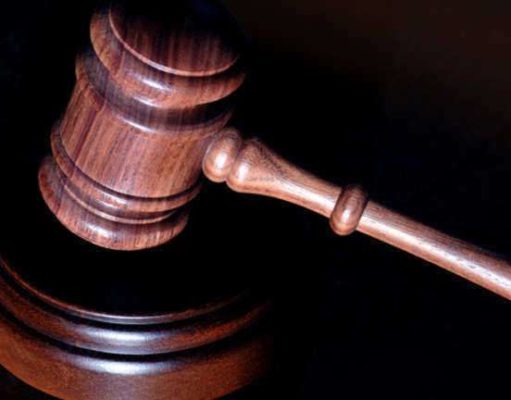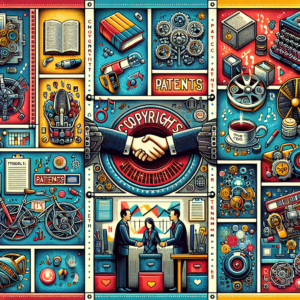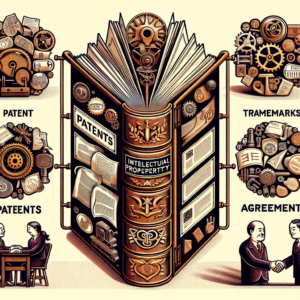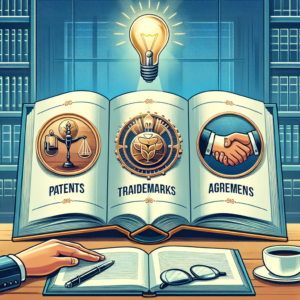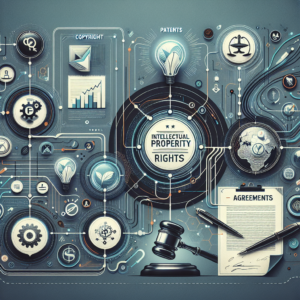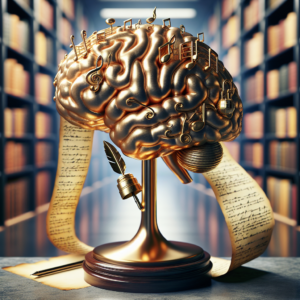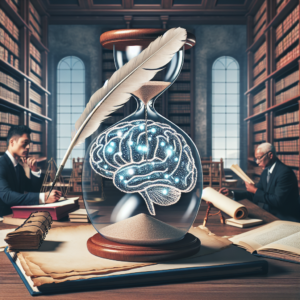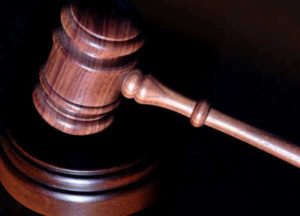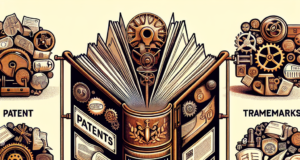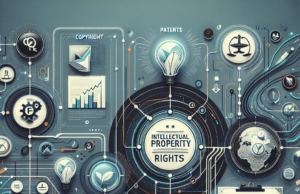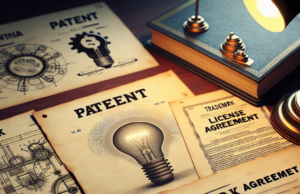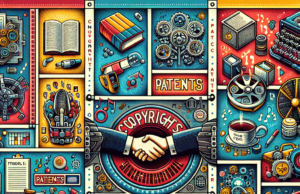Unraveling the Shocking Truth Behind a Landmark Copyright Infringement Case
In a case that has captivated the attention of the legal community and the public alike, a landmark copyright infringement lawsuit has emerged, raising critical questions about intellectual property rights in the digital age. The case, which pits a prominent content creator against a major tech company, has revealed the complexities of copyright law and its implications for both creators and consumers. As the trial unfolds, the stakes are high, and the outcome could set a precedent that reshapes the landscape of copyright law for years to come.
Understanding the Background: The Landmark Copyright Infringement Case Explained

The case at the center of this controversy involves a well-known musician, Jane Doe, who alleges that her original song was used without permission in a popular video game developed by TechCorp, a leading player in the gaming industry. Doe claims that the game not only utilized her music but also altered it in a way that misrepresented her artistic vision. The lawsuit, filed in a federal court, seeks damages for lost revenue and a permanent injunction against the use of her work. This case is particularly significant as it highlights the challenges artists face in protecting their intellectual property in an era where digital content is easily shared and modified.
Key Players Involved: Who Are the Parties in This Controversial Legal Battle?
The primary parties in this legal battle are Jane Doe, the plaintiff, and TechCorp, the defendant. Jane Doe is an established musician with a growing fan base and a history of successful releases. Her work has been featured in various media, and she is known for her distinctive style that blends multiple genres. On the other side, TechCorp is a multinational corporation that has revolutionized the gaming industry with its innovative products. The company has a reputation for pushing creative boundaries but has also faced scrutiny over its practices regarding copyright and intellectual property. The contrasting backgrounds of the parties involved add layers of complexity to the case, as it raises questions about the balance of power between individual creators and large corporations.
Legal Framework: Analyzing Copyright Law and Its Implications for the Case
Copyright law serves as the backbone of this case, providing the legal framework that governs the rights of creators over their original works. Under the U.S. Copyright Act, creators have exclusive rights to reproduce, distribute, and publicly perform their works. However, the law also includes provisions for fair use, which allows limited use of copyrighted material without permission under certain circumstances. The court will need to determine whether TechCorp’s use of Doe’s music falls under fair use or constitutes infringement. This case could potentially redefine the boundaries of fair use, particularly in the context of digital media, where the lines between inspiration and infringement can often blur.
The Evidence Presented: Unpacking the Claims and Counterclaims in Court
During the trial, both parties have presented compelling evidence to support their claims. Jane Doe’s legal team has introduced audio samples demonstrating the similarities between her original song and the version used in the game, along with expert testimony from musicologists who argue that the alterations made by TechCorp do not sufficiently transform the work. Conversely, TechCorp’s defense has argued that the use of the music was transformative and thus qualifies as fair use. They have also presented evidence of the game’s success and the exposure it provided to Doe’s music, suggesting that the collaboration was mutually beneficial. The court’s evaluation of this evidence will be crucial in determining the outcome of the case.
Public Reaction: How the Case Has Sparked Debate Among Creators and Consumers
The case has ignited a passionate debate among creators, consumers, and legal experts. Many artists have rallied behind Jane Doe, viewing her lawsuit as a critical stand against corporate exploitation of creative works. Social media platforms have become a battleground for opinions, with hashtags supporting Doe trending widely. Conversely, some consumers and industry insiders argue that the case could stifle innovation and collaboration in the creative sector. The public discourse surrounding the case underscores the broader tensions between protecting intellectual property and fostering an environment conducive to creativity and artistic expression.
Potential Consequences: What This Case Means for the Future of Copyright Law
The implications of this landmark case extend far beyond the parties involved. A ruling in favor of Jane Doe could empower individual creators, reinforcing their rights and encouraging them to pursue legal action against perceived infringements. Conversely, a ruling in favor of TechCorp could set a precedent that expands the scope of fair use, potentially allowing corporations greater leeway in utilizing copyrighted material without permission. As the case progresses, it is clear that the outcome will have lasting effects on copyright law, influencing how creators protect their works and how companies navigate the complexities of intellectual property in the digital age.
As the trial continues to unfold, the legal community and the public await a verdict that could redefine the landscape of copyright law. The case serves as a reminder of the ongoing struggle between protecting artistic integrity and fostering innovation, a balance that will be crucial in shaping the future of creative industries. Regardless of the outcome, this landmark case has already sparked essential conversations about the rights of creators and the responsibilities of corporations in an increasingly digital world.

